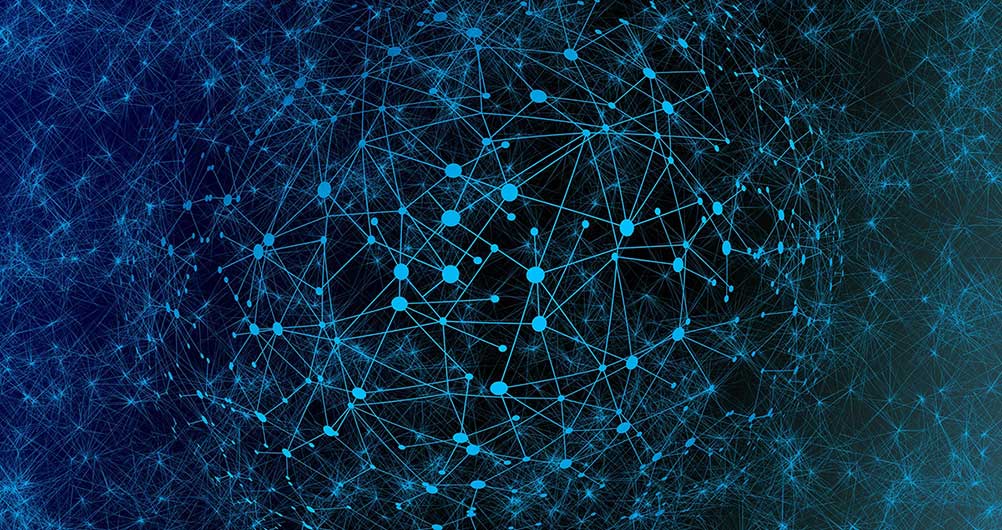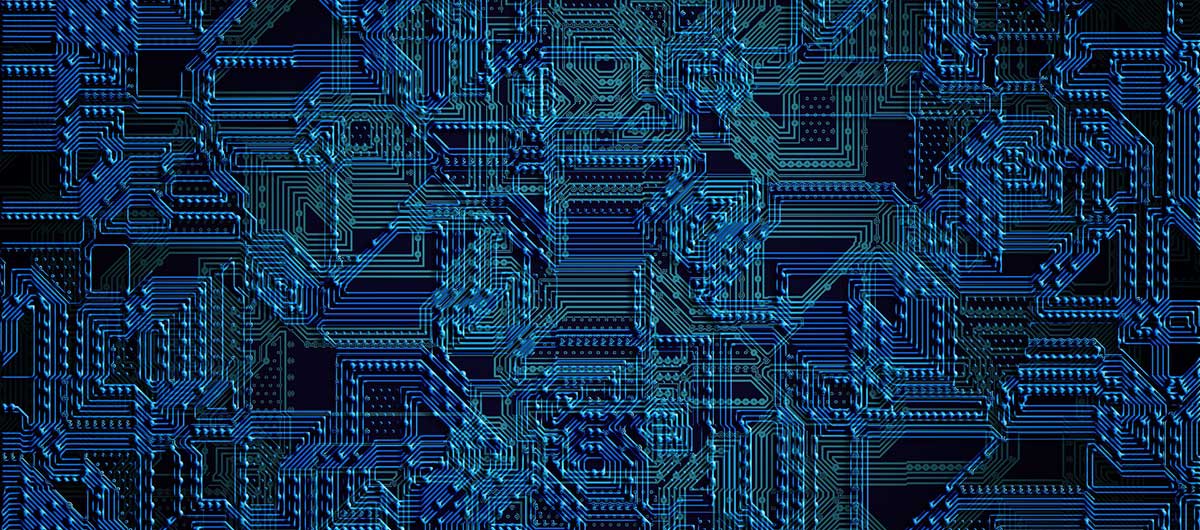In the vast universe of artificial intelligence (AI), neural networks shine as one of the most precious jewels. These structures, inspired by the complexity of the human brain, have revolutionized the way machines learn and make decisions based on data. In this Befree blog, we will delve into the fascinating world of neural networks.
From their inception in 1943 to the most recent developments, neural networks have undergone a fascinating journey, becoming an indispensable tool in numerous technological applications.
In 1943, researchers Warren McCulloch and Walter Pitts created the concept of “threshold logic”, which refers to the idea of setting an activation threshold in an artificial neuron. This threshold determines whether the neuron activates or not based on the weighted sum of its inputs. This was the first computer model based on neural networks and was studied both from a biological perspective and its application in artificial systems.
Another early application of artificial neural networks is the Perceptron in 1958, which was used for binary decisions and logical functions used in mathematics and programming such as OR and AND.
In the 1980s, sigmoid neurons allowed inputs with real values instead of just 0 or 1. “Bias” neurons were also introduced, allowing neural networks to better adapt to data and improve their machine learning capability through error backpropagation. By the end of this decade, advances were made in image and sequence processing.
From 2006 onwards, we have the birth of deep learning, and from 2014, neural networks are already being used to generate realistic data.
Currently, artificial neural networks recognize patterns, solve common problems, classify data, predict, analyze, automate, translate, and generate text, among many others.
What are neural networks?
Let’s imagine neural networks as a computational mirror of the human brain. They are composed of processing units called artificial neurons, organized in interconnected layers. Each neuron has the ability to transmit signals to other neurons through these connections when activated, enabling information processing and decision-making.
Applications of neural networks
The potential of neural networks extends to a wide range of practical applications in the real world. From speech and image recognition to automatic translation and autonomous driving, these networks are behind numerous technologies we use daily. Their ability to learn and adapt makes them ideal for tasks that require pattern recognition or natural language processing.
However, not everything is rosy on the path of artificial intelligence. Neural networks face significant challenges, such as the need for large amounts of data for training and their vulnerability to adversarial attacks. Additionally, their operation can be computationally intensive, raising concerns about efficiency and scalability in practical applications.
The horizon of neural networks is lined with promising and exciting challenges. As research progresses, the development of deeper and more complex neural networks is expected to significantly drive the field of AI. This could lead to notable improvements in the automation and personalization of services, transforming various industries along the way.






